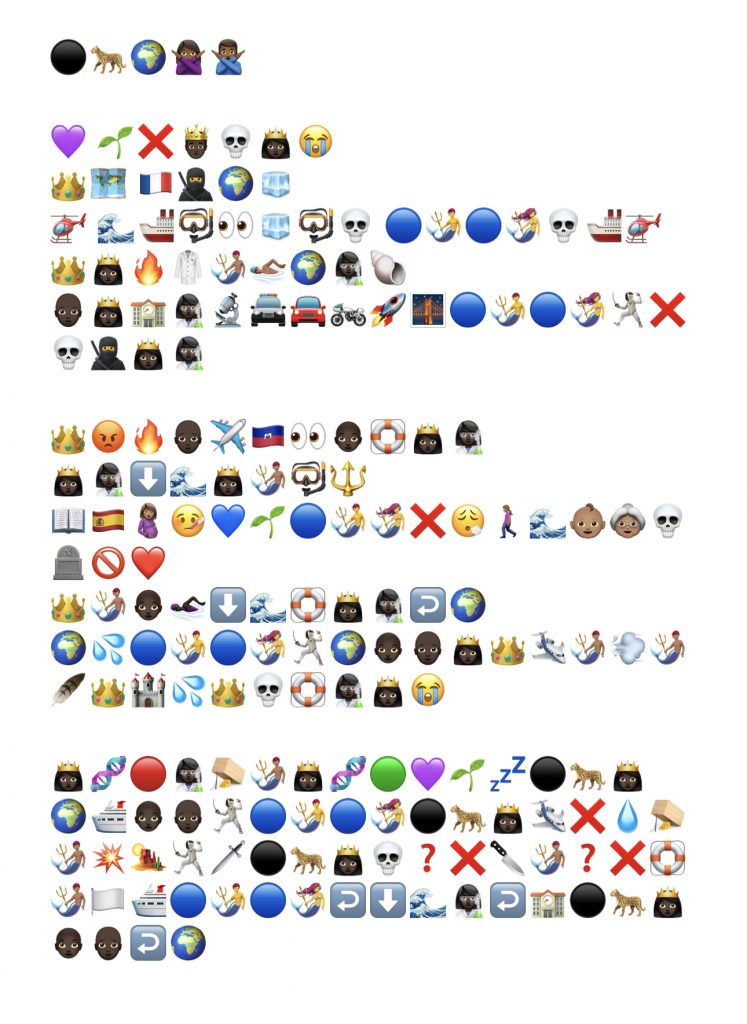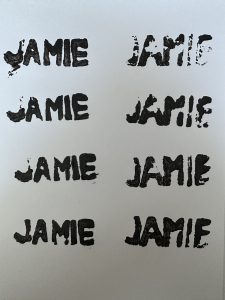867.5309 TextRadio Show
Task 7 – Mode Bending Transcript
Reflection
Postman (2011) wrote that new technologies alter the structure of our interests and I was drawn to create a “radio show” for this task as this form of electronic media culture is markedly important in the history of orality and altering the nature of community (Lunsford, 2006). I quite enjoy thinking of this task as a continuity or extension of the original print literacy of task 1, using a new medium of audio to represent the content of the previous medium of text (Dobson & Willinsky, 2009).
Similarly, my design rested largely on the transformation of making new use of the old material as the task required (New London Group, 1996). I debated structuring something around a visual design with audio components, filming myself in some sort of artistic gesturing dance, or creating a video with multimodal components. I settled on the radio/podcast-like mode because it is something I have never done before. I was surprised at how much time it ended up taking me in the end, but feel like this is always the case with virgin podcasters; what platform to use, how to add effects, and how to sound okay with minimal equipment for such a task.
The idea of meaning-making practices is especially important in my world of education. This idea of digital natives and digital immigrants, although warned of this binary, is interesting to consider (Prensky, 2001). A dichotomy of myself as a digital immigrant, who went through K-12 without technology being a real participant in my education, compared to those I teach who are digital natives, who have experienced educational technologies before kindergarten. I am also battling both internally and externally with the digital divide, a very prominent and real concern in the community I live. This is fundamentally what actually lead me to the MET program, as I teach marginalized students who have been traditionally underserved including access to digital resources and digital literacy opportunities.
It was enjoyable to explore this task, of changing the semiotic mode of a previous task. It is a very practical way to teach multimodality and I plan to carry this type of practical experience into my classroom.
References
Dobson, T., & Willinsky, J. (2009). Digital literacy. In D. R. Olson & N. Torrance (Eds.), The Cambridge handbook of literacy (pp. 286-312). Cambridge University Press.
Lunsford, A. A. (2006). Writing, technologies, and the fifth canon. Computers and composition, 23(2), 169-177.
Postman, N. (2011). Technopoly: The surrender of culture to technology. Knopf Doubleday Publishing. (Original work published 1992)
Prensky, M. (2001). Digital natives, digital immigrants part 2: Do they really think differently? On the Horizon, 9(6), 1-6. The New London Group. (1996). A pedagogy of multiliteracies: Designing social futures. Harvard Educational Review 66(1), 60-92.



